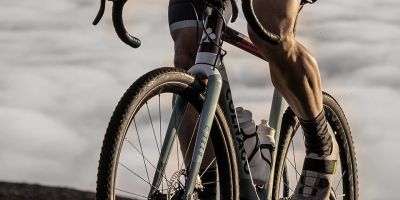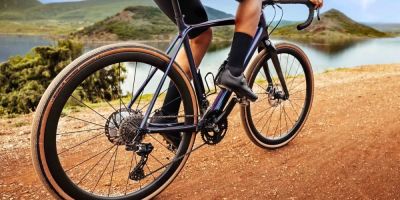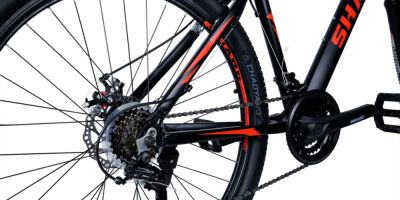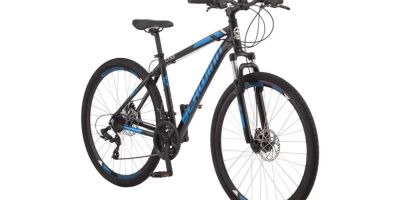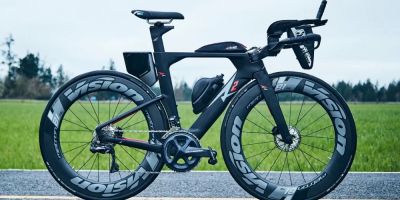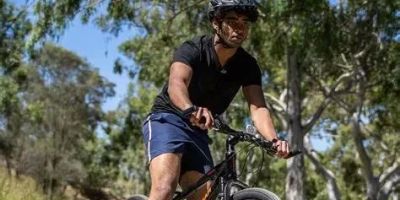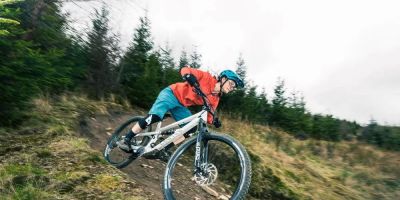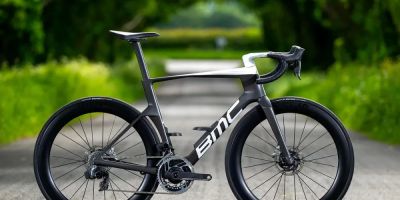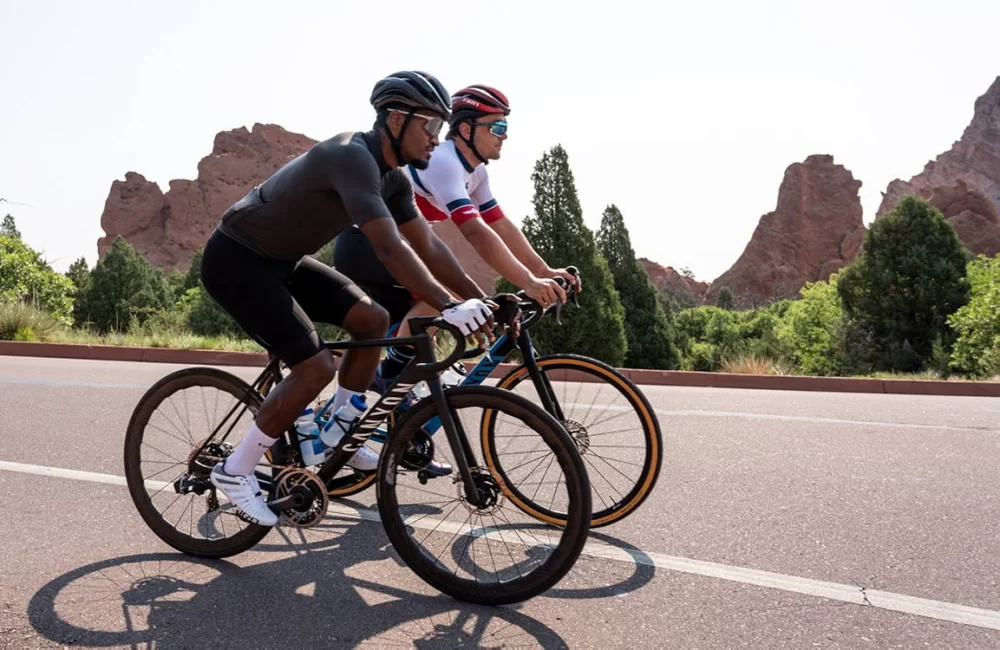
How I Boosted My Cycling Efficiency: Lessons from the Road
When I first started cycling seriously in the U.S., I thought more miles meant better performance. But after months of exhausting rides and minimal gains, I realized something needed to change. My journey toward efficient cycling wasn’t just about working harder—it was about working smarter.
1. Understanding What Cycling Efficiency Really Means
Many riders confuse speed with efficiency. But cycling efficiency is about how effectively your body converts energy into forward motion. This means reducing wasted effort, optimizing biomechanics, and improving cardiovascular and muscular performance. I learned this the hard way after burning out on flat terrain rides while my friends barely broke a sweat.
2. Optimizing Bike Fit: My Game-Changing Adjustment
One of the most overlooked elements of cycling performance in the U.S. is proper bike fit. I remember the first time I got professionally fitted—within a week, my knee pain disappeared, and my cadence improved by 10 RPM without extra effort. Here’s what made the difference:
- Saddle height adjustment improved pedal stroke efficiency.
- Cleat positioning minimized foot fatigue.
- Handlebar reach and height reduced strain on my back and shoulders.
A good fit turns your bike into an extension of your body. It’s the foundation of all other improvements.
3. Improving Pedaling Technique: Beyond Just Spinning
I used to mash the pedals, relying on brute strength. A coach introduced me to the concept of the "pedal circle"—engaging the upstroke, pulling back at the bottom, and pushing across the top. After consistent practice with single-leg drills and using a power meter to monitor balance, my power output became more consistent and sustainable.
If you want to increase cycling power without bulking up, focusing on technique is non-negotiable.
4. Structured Training Plans Changed My Life
I followed random YouTube workouts before realizing structured training is the key to building lasting performance. Here’s how I restructured my routine:
- Three days of interval training per week (including VO2 max and threshold sessions).
- Two days of endurance rides at zone 2 heart rate.
- One day focused on active recovery and mobility work.
- One rest day—often overlooked but crucial for muscle repair.
This strategy helped me increase FTP (Functional Threshold Power) by 30 watts in just three months.
5. Nutrition and Hydration: Fueling the Ride Properly
I used to grab a banana and head out. Now, I fuel intentionally based on ride intensity and duration. For longer rides, I follow this protocol:
- Pre-ride: Carbohydrate-rich meal 2 hours before (oatmeal with honey and berries).
- During: Electrolyte drink every 30 minutes and a mix of bars or gels every hour.
- Post-ride: Protein shake within 30 minutes followed by a balanced meal.
This not only improved my energy levels but significantly sped up my recovery time between sessions.
6. Strength Training Off the Bike
As an American cyclist juggling work and training, I couldn’t afford long daily rides. Adding two strength sessions per week made a massive difference. I focused on compound movements like squats, lunges, deadlifts, and core work. The added strength translated directly to power on the pedals and reduced injury risk.
7. Real-World Ride Efficiency: My Experience in Colorado
During a trip to Boulder, Colorado, I joined a local group ride. The altitude and terrain tested everything I’d learned. But surprisingly, I held my own. I paced smarter, conserved energy on climbs, and used every descent to recover. That ride made me realize I wasn’t just fitter—I was more efficient.
8. Tech and Tools That Helped Me Improve
Technology played a vital role in refining my efficiency:
- Power Meter: Tracked real-time output and helped identify imbalances.
- Heart Rate Monitor: Ensured I trained in the right zones without overexerting.
- Bike Computer: Provided ride metrics and helped me analyze post-ride data.
These tools gave me objective feedback, helping me tweak my rides for better results.
9. Mental Focus and Ride Planning
One of the most underrated aspects of efficient cycling is mental preparedness. I began visualizing segments before big rides, setting clear goals for climbs and sprints. Planning routes with varied terrain kept things engaging and challenged different systems. It wasn’t just about pushing harder—it was about riding smarter.
10. Surrounding Myself with Better Riders
Nothing boosted my efficiency more than riding with cyclists better than me. Chasing their wheels taught me pacing, drafting techniques, and how to ride in a peloton. I even learned the art of conserving energy while still maintaining pace—something you can’t learn alone.
Efficient Cycling Is a Lifestyle
Improving cycling efficiency wasn’t an overnight change. It was a series of small, intentional upgrades—from adjusting my bike to refining my nutrition and mindset. Now, whether I’m cruising the backroads of Vermont or climbing steep canyons in Utah, I know my body and my bike are working in sync.
Want to ride smarter, not harder? Come visit Healthy Cycling for personalized plans and services that match your goals and riding style. Efficiency isn’t about doing more—it’s about doing what matters most, better.

